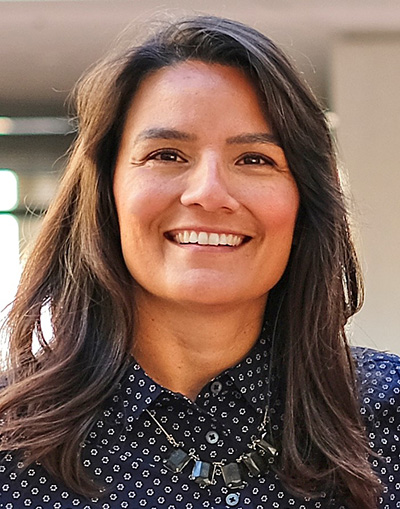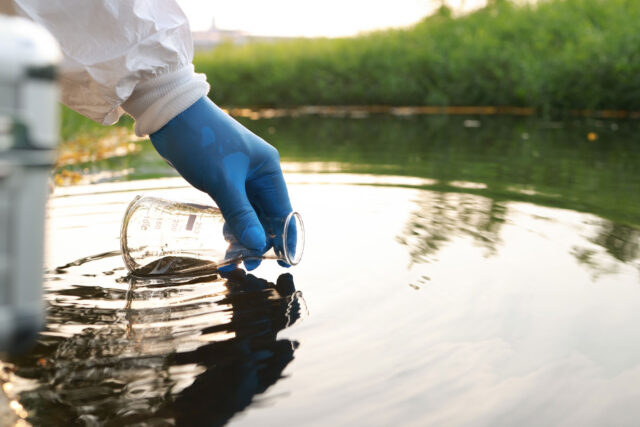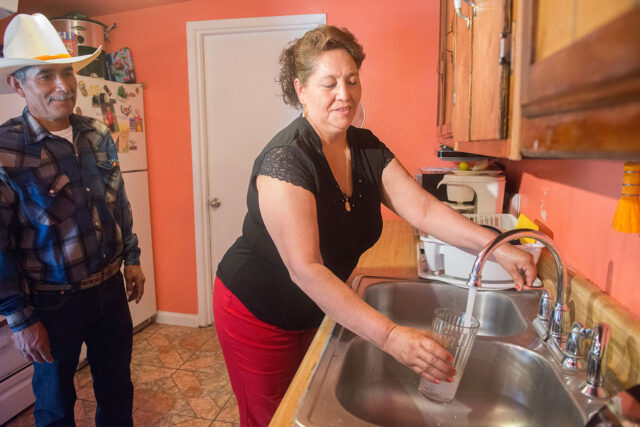Martha Guzman is the regional administrator for the Environmental Protection Agency’s (EPA) Region 9 office in San Francisco. She’s leading EPA efforts to protect public health and the environment for a region that includes Arizona, California, Hawaii, Nevada, the US Pacific Islands territories, and 148 tribal nations. We spoke with Ms. Guzman to learn more about the EPA’s latest environmental justice initiatives—and found her to be a fountain of both information and enthusiasm.
 The EPA recently announced an initiative to support environmental justice investments, using funding from the Inflation Reduction Act. Can you tell us about the new environmental justice grants?
The EPA recently announced an initiative to support environmental justice investments, using funding from the Inflation Reduction Act. Can you tell us about the new environmental justice grants?
In September 2022, the EPA launched a new division, the Office of Environmental Justice and External Civil Rights. That’s a huge deal because it’s institutionalizing environmental justice on a par with the Clean Air Act or the Clean Water Act. Before, it was a much smaller office; now it’s essentially a national program. The administrator and the president were able to do that, in large part, because of the Inflation Reduction Act.
This elevated program has been given a huge infusion of funding. We now have more than 200 staff working on environmental justice issues nationally; in Region 9, once we’re done hiring, we’ll have a couple dozen staff people. This allows us to be much more connected on the ground level than we’ve ever been.
Prior to the Biden administration, funding for environmental justice nationally totaled just $20 million. Here in the region, we’d only received $3 million since 1994—and that’s nothing in a state like California, where there’s such a huge need. The Bipartisan Infrastructure Law augmented that to $100 million nationally, and then the Inflation Reduction Act brought it to $3 billion.
Last fall feels like two years ago because of the tremendous amount of progress. And Congress was really good on setting the parameters. The funding has to go to community-based organizations—they have to be leading. And this money has a deadline: you’ve got to invest in communities quickly.
That’s a challenge, because not everybody’s ready to put in an application—and it doesn’t matter how much money there is if people can’t access it. To help organizations with capacity issues, we inaugurated what we call “tic tacs”— Environmental Justice Thriving Communities Technical Assistance Centers. There are 17 of them across the nation, and they will help communities apply for funding from the EPA and other agencies.
In addition, the Environmental Justice Thriving Communities Grantmaking Program will administer $550 million to community-based organizations and universities that will re-grant funds to smaller organizations. We’re forecasting about $50 million for Region 9. And the Environmental Justice Government-to-Government Program will disburse $70 million to projects that include everything from monitoring to cleanups and research—basically anything that can solve a problem.
Why did the EPA decide to pursue this model? What kinds of projects is EPA looking for?
Having funding is exciting because you don’t just have a stick, you have a bit of a carrot. The president is getting us to invest in communities sustainably, and it’s working. We’ve got partnerships with the Department of Energy, the Army Corps of Engineers, the Department of Transportation, and others, as well as a refreshed mandate to spend money in communities that have been underserved and polluted. We’re very excited to work with our sister agencies on that.
We’re infusing the Civil Rights Act into our work. We’re reinvigorating some things the last administration undid, like basic translation for non-monolingual English speakers. We’re examining how a rule may disproportionately impact some communities and how to remedy that.
We have the privilege of having more tools than any administration in history to address these wrongs. I’m lucky in my region to have state and local elected officials who want to try to solve them, too. Everybody’s constituents want clean air, clean water, and clean soil. People want to do the right thing, and having the tool of funding is giving us more opportunity. I’m not Pollyanna-ish with politics, but there is a lot of commonality around these issues.
A lot of great projects have already received these one-time grants, including the Florence Fang Community Farm in Bayview Hunters Point. It’s an incredibly beautiful space. On the day I was visiting, there were groups of Latino students coming through to see the garden, an elderly group of Asian adults were singing in a choir, and I spoke with a group of Black church leaders about their involvement.
Other projects include the Environmental Health Coalition in San Diego, which created a video learning tool about healthy neighborhoods and how to engage in local land use decisions. Amigos de los Rios organized 27 stewardship dates, and Urban Habitat convened numerous community forums on climate change that reached over 300 residents. The Community Water Center mobilized over 140 volunteers to advocate for solutions to drinking water issues, and the Watershed Project replaced over 2,000 cubic feet of hard-packed clay with native habitat and greenspace in the heart of Richmond. The list goes on!
What other EJ efforts is the EPA undertaking in California right now?
The Bipartisan Infrastructure Law is bringing wastewater infrastructure to forgotten communities. It’s been so helpful that the State Water Board knows where communities are, what’s been attempted, and who should be funded. There’s a lot of work to do there, including facilitating easements for projects to be built. And in regulating air contaminants, the leadership of the California Air Resources Board has been tremendous, as well as all the regional air districts. We’re very lucky to have all these agencies as partners.





